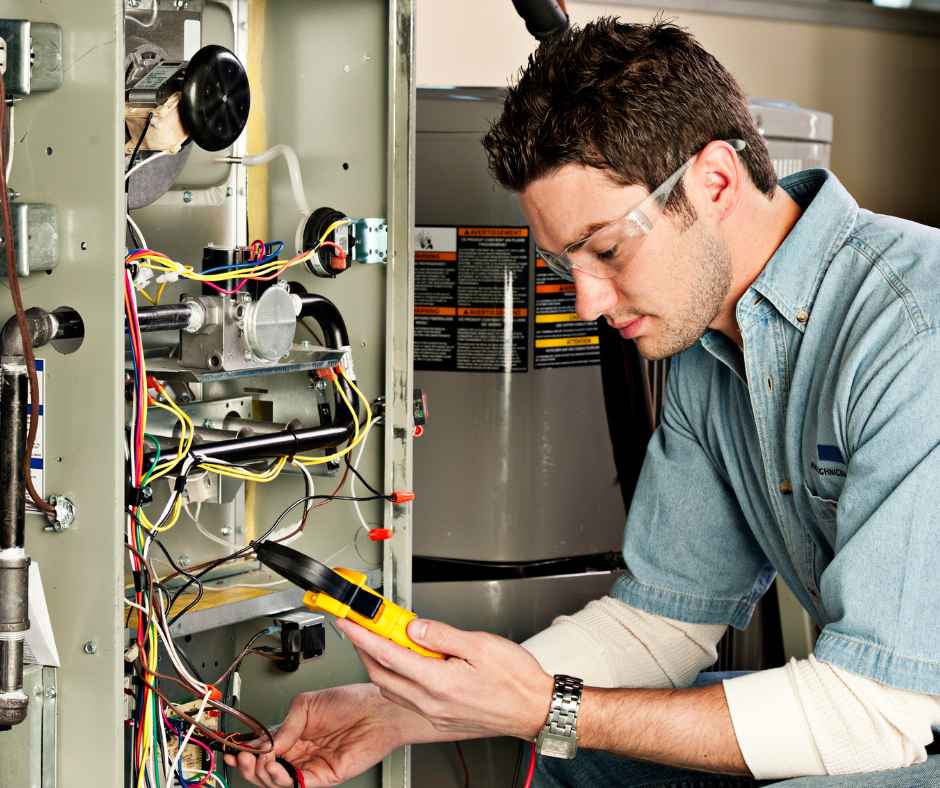
How Long Does a Furnace Last?
August 28, 2023
The lifespan of a furnace is a crucial consideration for homeowners seeking reliable and consistent indoor heating. Most furnaces last between 15-20 years, and because they are a central component of your home’s comfort, understanding their lifespan can help you plan for replacements and make informed decisions about your heating system.
Craig’s Services will be going into the factors that influence the longevity of furnaces, explore common types and their expected lifespans, and offer insights into maintenance practices that can extend their serviceable years. Whether you’re looking to assess the lifespan of your current furnace or considering a new installation, gaining knowledge about furnace longevity is key to ensuring warmth and comfort in your home for years to come.
What is a Furnace?
A furnace is a heating system commonly found in residential and commercial buildings that generates and distributes warm air to provide indoor comfort during colder months. It works by heating air and then circulating it through ducts to various rooms in a building. Furnaces are a critical component of a central heating system, ensuring that living spaces remain warm and comfortable even in chilly weather.
What are the Most Common Problems with Furnaces?
Furnaces can experience various issues over time, affecting their efficiency and performance. Some of the most common problems with furnaces include:
- Ignition Problems: Failure to ignite or stay lit is a common issue, often caused by a faulty pilot light, electronic ignition, or ignition sensor.
- Thermostat Malfunctions: Inaccurate readings or a malfunctioning thermostat can result in incorrect temperature settings and uneven heating.
- Clogged or Dirty Filters: Dirty or clogged filters can restrict airflow, reducing efficiency and causing the furnace to work harder.
- Blower Motor Issues: Problems with the blower motor can lead to insufficient airflow, poor circulation, and reduced comfort.
- Lack of Maintenance: Inadequate maintenance can result in issues like dirty burners, worn components, and reduced efficiency.
- Frequent Cycling: Rapid cycling between on and off modes, also known as short cycling, can strain the system and increase wear and tear.
- No Heat: A complete lack of heat could be due to various reasons, such as a faulty thermostat, pilot light, or gas supply issue.
- Strange Noises: Unusual noises like banging, rattling, or squeaking may indicate loose or worn components within the furnace.
- Pilot Light Problems: Gas furnaces with a pilot light can experience issues with ignition or staying lit, affecting heat production.
Proper maintenance and timely repairs can address many of these common furnace problems. Regular professional inspections, cleaning, and addressing issues promptly can help ensure your furnace operates safely and efficiently. If you encounter persistent or complex problems, it’s advisable to seek the assistance of a licensed HVAC technician.
How Long Will a Furnace Last?
The lifespan of a furnace can vary depending on factors such as the type of furnace, its usage, maintenance, and quality. On average:
- Gas Furnaces: Well-maintained gas furnaces typically last around 15-20 years. Regular maintenance can help extend their lifespan.
- Oil Furnaces: Oil furnaces tend to have a similar lifespan to gas furnaces, ranging from 15 to 20 years with proper care.
- Electric Furnaces: Electric furnaces can last slightly longer, often around 20-30 years, due to their simpler design and fewer moving parts.
- Hybrid/Dual-Fuel Furnaces: These systems, which combine a heat pump and a gas or oil furnace, can last around 15-20 years.
How Long Can You Prolong the Lifespan of a Furnace
Prolonging the lifespan of your furnace involves regular maintenance and proper usage. Here are some steps you can take to extend the life of your furnace:
- Regular Maintenance: Schedule annual professional furnace inspections and tune-ups. A certified HVAC technician can identify and address minor issues before they escalate, ensuring your furnace operates efficiently.
- Replace Air Filters: Regularly change or clean your furnace’s air filters every 1-3 months, or as recommended by the manufacturer. Clean filters improve airflow, reduce strain on the system, and enhance energy efficiency.
- Keep Vents Clear: Ensure that vents, registers, and air intakes are free from obstructions. Blocked airflow can lead to overheating and reduced efficiency.
- Clean Surrounding Area: Keep the area around your furnace clean and free from debris, dust, and flammable materials.
- Avoid Overworking: Avoid setting the thermostat excessively high, as this can strain the furnace. Instead, wear appropriate clothing and use blankets to stay warm.
- Professional Repairs: Address any issues promptly and hire a qualified HVAC technician for repairs. Ignoring problems can lead to more significant damage and premature failure.
Furnace Services in Utah
When it comes to reliable furnace services in Bountiful, Utah, look no further than Craig’s Services. Our dedicated team is committed to ensuring your home stays warm and comfortable throughout the chilly seasons. From expert furnace repairs and maintenance to efficient installations, we’ve got you covered. Count on Craig’s Services to keep your furnace running smoothly, providing peace of mind and consistent heating for your Bountiful home. Contact us today to experience top-notch furnace services you can trust.
Recent News
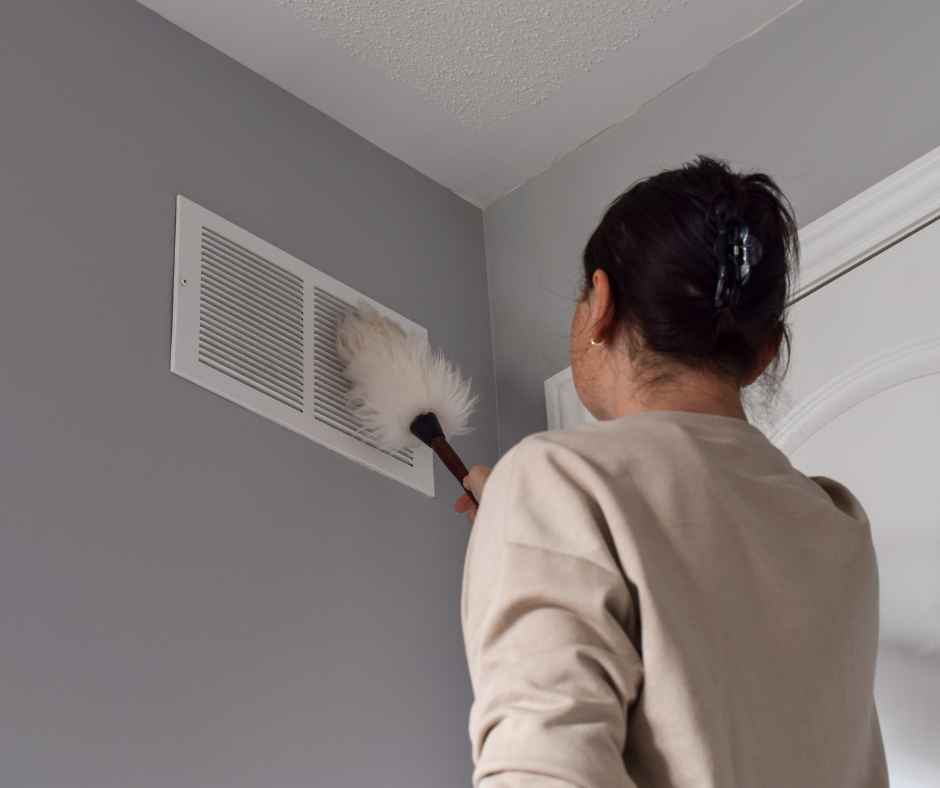
How to Clean Duct Vents
March 14, 2024
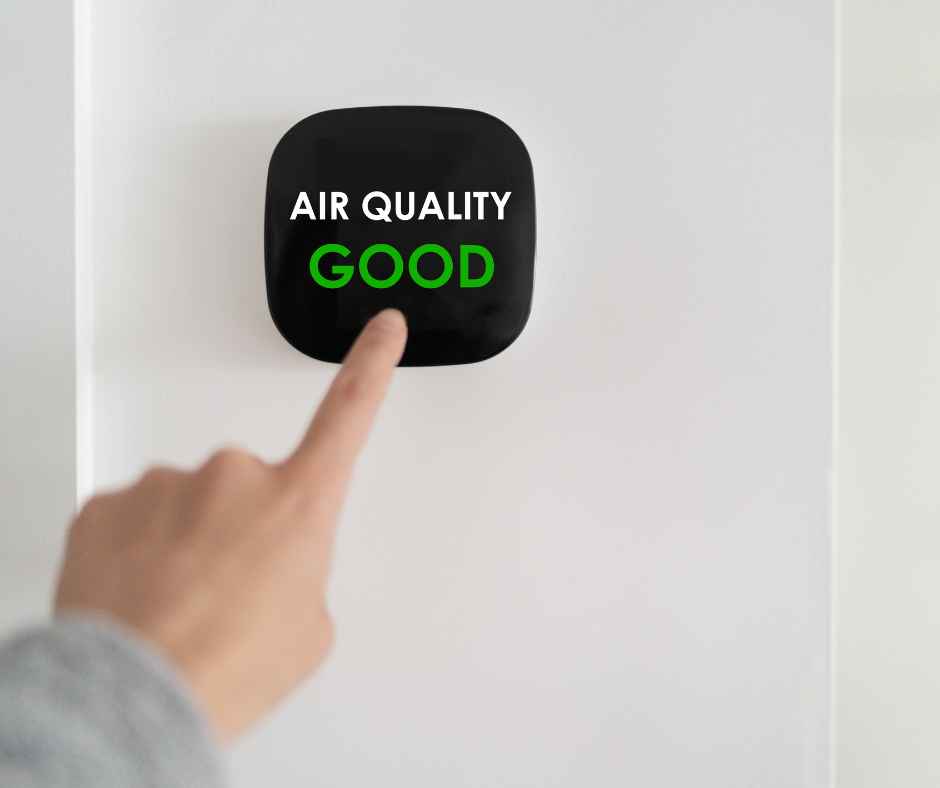
How to Test Indoor Air Quality
March 7, 2024

How to Fix a Running Toilet
February 14, 2024
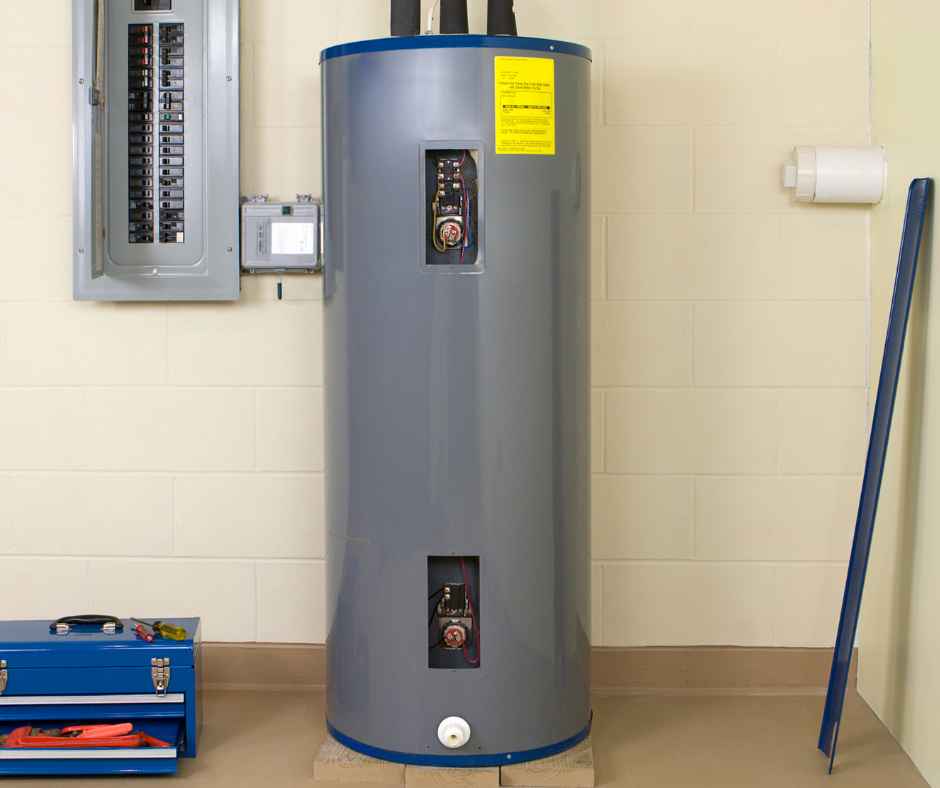
Why Is My Water Heater Making Noise?
February 8, 2024
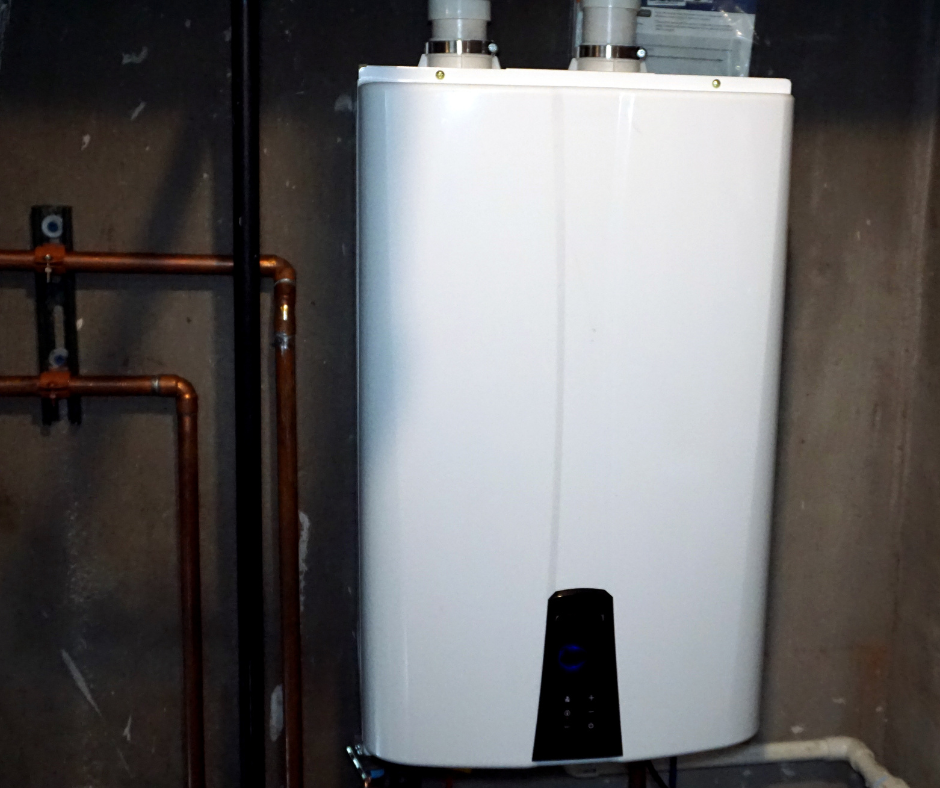
What is a Tankless Water Heater?
January 18, 2024
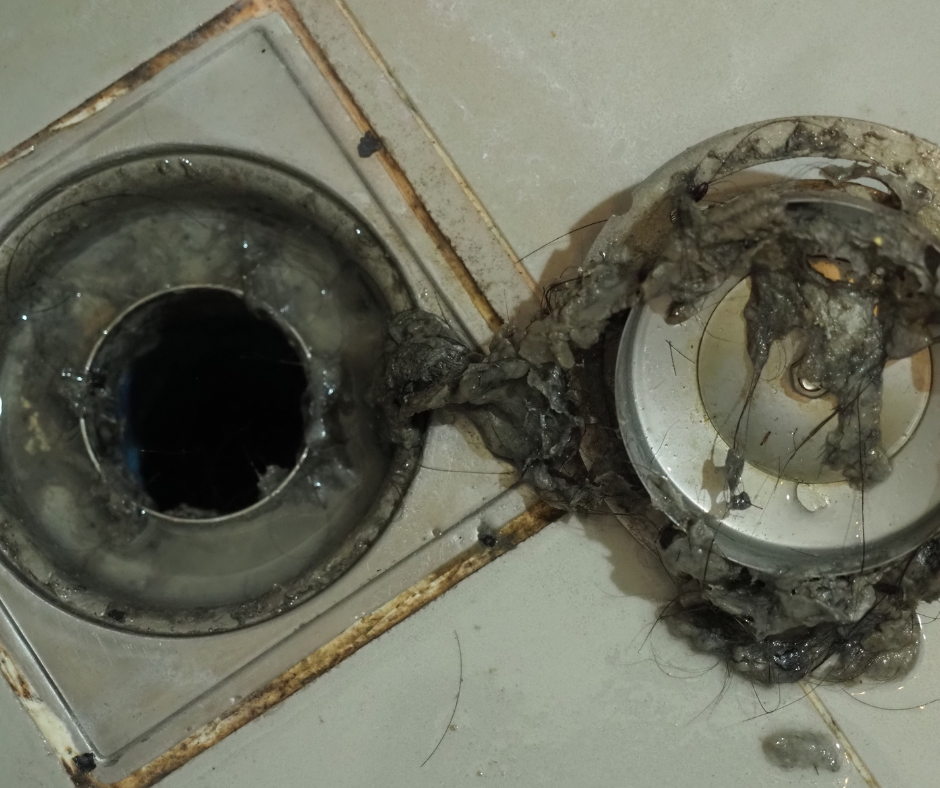
How to Prevent Grease Build Up in Pipes
January 10, 2024
